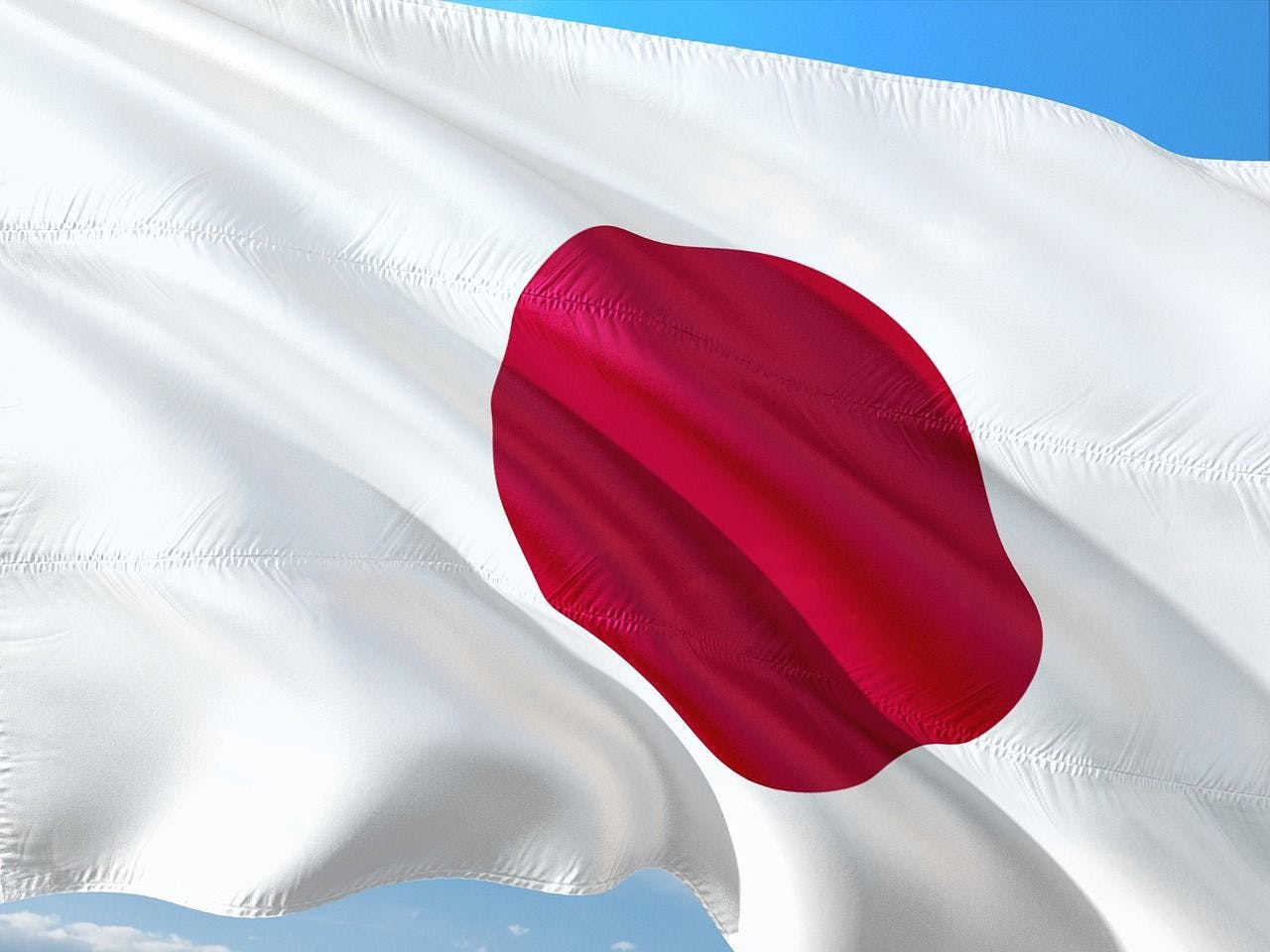On June 7, 2025, Japan enacted a series of regulations aimed at enabling stronger consumer protections around cryptocurrency investments, mandating that cryptocurrency exchanges store customer assets in Japan, and enabling stronger anti-money laundering (AML) laws. These regulations also allow individuals to use cryptocurrencies directly in apps, marking a significant step in mainstream digital asset adoption.
Simultaneously, the Bank of Japan announced that it had no immediate plans to launch its digital yen, with Executive Director Kazunari Kamiyama attributing this to Japan’s continued high cash usage. Interestingly enough, these comments came amidst the central bank releasing a progress report on its central bank digital currency (CBDC) pilot, demonstrating ongoing government collaboration with over 60 organizations on blockchain integration and APIs.
Japan’s approach to Web3 and cryptocurrencies has been marked by strict regulatory oversight, asset localization, and a cautious CBDC rollout. This reflects a broader strategy to balance innovation with stability in the region’s ever-evolving digital financial landscape. With this in mind, it is clear that Japan is positioning itself as a key and prudent leader in digital asset adoption in Southeast Asia.
Capital flight from China to Japan
Over the past several years, foreign direct investment (FDI) from China to Japan has steadily increased, owing to declining domestic investment opportunities such as the example of the drastic downturn in China’s real estate market, one key factor driving capital outflows.
While Hong Kong is clearly a leading global digital asset hub, Japan offers a distinct advantage for Chinese investors seeking stability and regulatory independence. Unlike Hong Kong, Japan is a fully sovereign legal and financial system, with this separation providing greater assurance for capital preservation. This is particularly vital for those concerned about regulatory policy shifts and/or cross-border enforcement from mainland Chinese authorities.
Furthermore, within the digital assets realm, recent reports of China reinforcing bans on Bitcoin, Ethereum, and cryptocurrency mining have allegedly resulted in a global dip in cryptocurrency markets, despite cryptocurrencies already being banned in China. This type of news, even if unconfirmed, reinforces the desire among Chinese Web3 users to move assets abroad for greater protections.
Therefore, despite mixed performance in recent history owing to factors such as stymied growth and the COVID-19 pandemic, Japan appears to be a promising destination for future growth, making it ideal for capital fleeing China. The Japanese stock market delivered positive returns in 2024, with the Nikkei 225 reaching an all-time high that it had previously attained more than 30 years ago.
Additionally, rising trade tensions driven by volatile actions such as the American imposition of tariffs have made America a less attractive destination for Chinese capital. As a result, Japan’s unique regulatory clarity and openness to digital assets offers a unique opportunity to attract Chinese capital flows.
Japanese government support of Web3
Japan’s government continues to adopt a cautious and heavily-researched approach to Web3 implementation.
For one, the Bank of Japan adopted XRP for cross-border payments in early 2025, highlighting the central bank’s desire to continue exploration into digital assets. Japan also continues to participate in Project Agora, a Bank of International Settlements (BIS)-led initiative for enhancing cross-border payments.
Japan’s late 2024 elections also pushed cryptocurrency-focused legislation to the forefront of politics, with Japan’s Democratic Party for the People proposing clearer tax cuts and cryptocurrency-specific regulatory reforms. This followed the government’s previous moves in early 2024, when lawmakers approved a bill to enable crypto assets to be held by investment limited partnerships, which are also used to invest in startups and other companies within Japan.
Private support of digital asset growth in Japan
Private organizations continue to bet big on digital assets in Japan. In late 2024, Japan-based LINE’s Finschia blockchain and South Korea-based Kakao’s Klaytn merged to create the Kaisa DLT Foundation, an integration reaching over 250m users in Southeast Asia, forming one of Asia’s largest public blockchain ecosystems. This type of ecosystem activity highlights the immense value that large Japanese conglomerates like LINE’s parent company LY Corporation find in digital assets, particularly from a cross-border perspective.
Web3 continues to grow through private Japanese investment, with Japanese conglomerate SBI Holdings investing around $50m in Circle on June 7, 2025. This joins SBI’s numerous simultaneous ventures into the cryptocurrency ecosystem, including a partnership with Japanese investment firm Metaplanet to support the latter’s Bitcoin strategy in late 2024, alongside the announcement of a planned digital asset joint venture with American asset manager Franklin Templeton in mid-2024.
Furthermore, on April 24, 2025, Japanese resale platform Mercari added XRP to its Mercoin trading subsidiary, enabling users to purchase XRP alongside Bitcoin and Ethereum. In fact, XRP continues to be immensely popular within Japan, with one industry estimate highlighting that 80% of Japanese banks may integrate XRP into their payment flows by 2025.
Conclusion
Japan’s combined measured and supportive regulatory approach for digital assets could have significant implications for Hong Kong and other regional financial centers which are also vying to become digital asset hubs. As Chinese capital continues to seek safer destinations, Japan is creating an ecosystem that prioritizes stability alongside innovation, an increasingly valued combination in today’s volatile world.
In the future, Japan’s evolving digital financial landscape could shape both regional and global economic dynamics, particularly as interest in Web3 continues to become mainstream. However, risks do continue to remain, including the potential for regulatory tightening or increased scrutiny of cross-border capital flows. Even so, Japan’s rise as a Web3 leader signals a potential avenue for Japan to leverage for economics and political growth, both at home and across the world.











